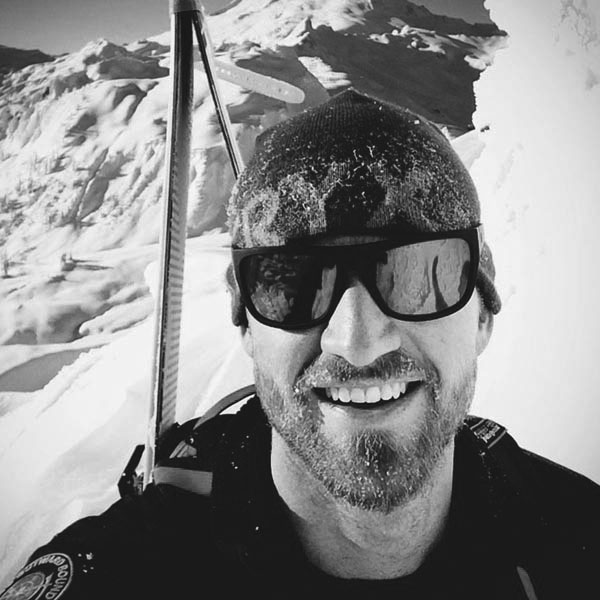Human Factor in Backcountry Skiing and Riding
The majority of avalanches catching people are triggered by the person skiing/riding or someone in their party. Though some of these incidents are the result of ignorance, the vast majority occur because the party involved made critical decisions based on human emotion and desire (The Human Factor) rather than facts and data. Below are some of the most common human factor traps that will lead you to make poor decisions when skiing or riding in the backcountry. Though there are many, we’ll go over six here that you can remember using the acronym FACETS.
Familiarity
“I’ve skied this 100 times. It never goes.”
Just because you’ve ridden something before and didn’t trigger an avalanche doesn’t make it safe. The mountain snowpack is constantly changing. Be familiar with the most recent conditions to make educated decisions.
Acceptance
“Hold my beer…”
In school, you heard this called “Peer Pressure”. As humans, we all want acceptance from our peers whether we admit it or not. That desire for acceptance can lead us to take more risks than we would normally.
Commitment
“We’ve got to get there.”
This is the pressure you feel to accomplish your Plan A when you don’t provide your squad with very good back-up options. For instance, if your plan is to ski Plan A or go home and clean your toilet (Plan B). You’ll choose Plan A every time. You’re committed to it. Instead, give yourselves several great options you’d all be happy riding. If you like all the options from Plan A (your most aggressive option) to Plan D (your least aggressive) you won’t feel as committed to Plan A.
Expert Halo
“I’m totally safe, I’m riding with an expert.”
Have you ever gone out with someone more experienced than yourself and let them make the decisions because you perceive them to have more expertise? We all have. This is the expert halo. Going out with experts is a great way to learn, but make sure you don’t just blindly follow along. Ask questions and be involved in the decision-making process. Experts make mistakes too.
Tracks
“Cool! Those two just rode ‘Sweet, Sweet Death!’ Should we ride it?”
Commonly folks assume that if there are tracks on the slope, it must be safe. This is not true. In level one courses, I always show the video below of seven riders riding down the same slope one at a time. Each rider spoons another’s tracks. Rider seven skis in between two other tracks, triggers an avalanche, and dies when they get carried into trees below. Though tough to watch, it illustrates the point here… tracks don’t mean a slope is safe. Pretend like they aren’t there and make your decisions based on the facts.
Scarcity
“Let’s hit it before someone steals our line!”
You’ll also hear this called “Mad Pow Disease”. Powder is a limited resource that only exists for a short amount of time. As backcountry skiers and riders, we love pow. Consequently, we can sometimes get pressured into riding a slope because we feel the need to take advantage of the scarce resource and make decisions quicker than we should so that we can ride the slope before anyone “steals our turns.”
FACETS
There you have it: FACETS. Six of the most common human factor traps for backcountry skiers and riders. Take note of which ones you are more susceptible to. Also, take note of which ones your friends are most susceptible to. Awareness of how you and your partners are affected by emotion will hopefully help you recognize when you’re straying from logic and allow you to call it out. Parents Take Note! The video below has some light profanity if you’re around little ones.
Want to learn more? Check out our Ultimate Guide to Backcountry Skiing.
